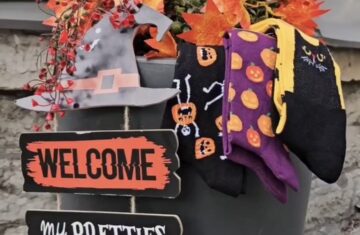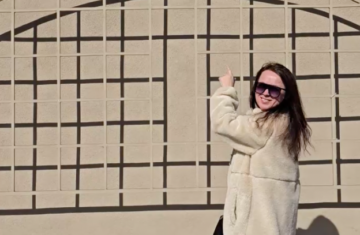Table of Contents
I have visited three different Disneylands – Florida, California, and Paris – and I have noticed how each reflects Disney’s philosophy and history in its own way. Additionally, Mickey Mouse ears, Disney’s best-selling souvenir, are a significant phenomenon in consumer behavior.
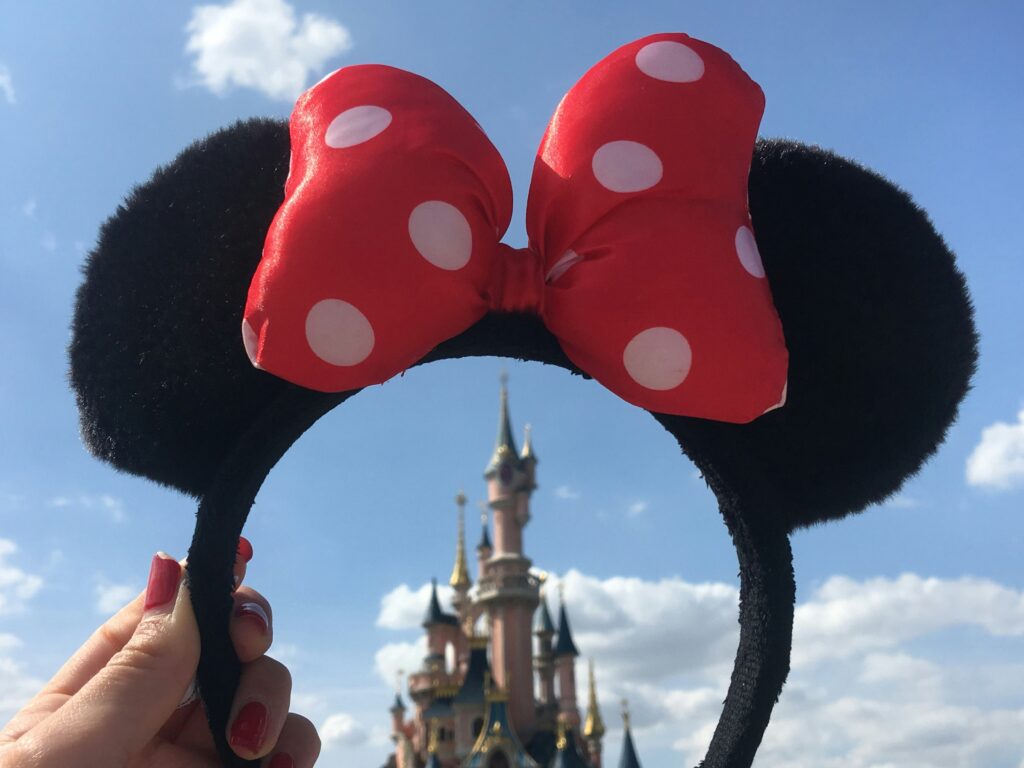
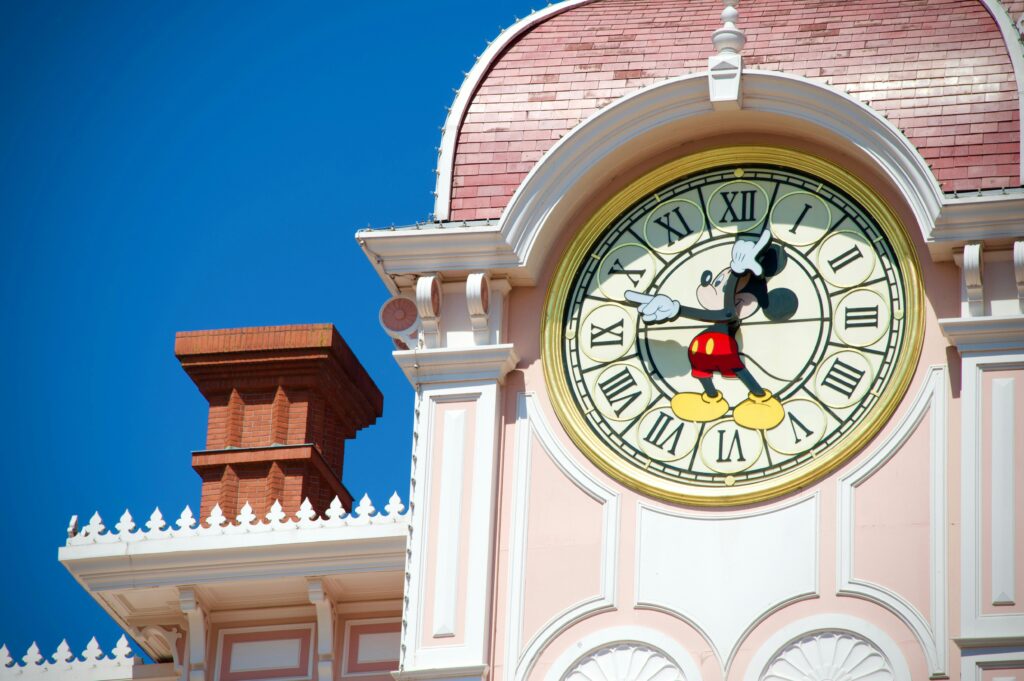
Walt Disney’s Idea and the Creation of the First Park
The idea of creating Disneyland came to Walt Disney in the 1940s when he visited Griffith Park in Los Angeles with his daughters. Since the existing carousels and amusement parks seemed boring and dirty, he envisioned creating his own amusement park. In 1948, he presented the first draft of “Mickey Mouse Park,” but it remained unfulfilled due to a small area and limited resources. Later, Walt involved the Stanford Research Institute to find a suitable location for a larger park. In 1953, 160 acres (65 hectares) of orange and walnut groves were purchased in Anaheim.
I visited this very same place in January 2025, while the largest wildfires in Los Angeles history raged an hour away. Yet, Disneyland remained a realm of Disney rules and fairy tales.
On Disneyland’s opening day, July 17, 1955, several issues arose: the asphalt hadn’t dried, causing women’s high heels to stick, food stalls ran out of supplies, and a gas leak forced Fantasyland to close. This day became known as “Black Sunday.” Additionally, counterfeit tickets allowed nearly twice as many people into the park as expected – 50,000 instead of 28,000.
Approximately 200 feral cats live here, controlling the rodent population. In 1955, the cats took over Sleeping Beauty Castle and were put to work since exterminating them would have caused a public outcry. However, they spread fleas, so a solution had to be found. The cats underwent medical checks and sterilization and are now official residents of Disneyland. Generally nocturnal, the cats avoid human attention, making them rarely noticed. We did happen to see one.

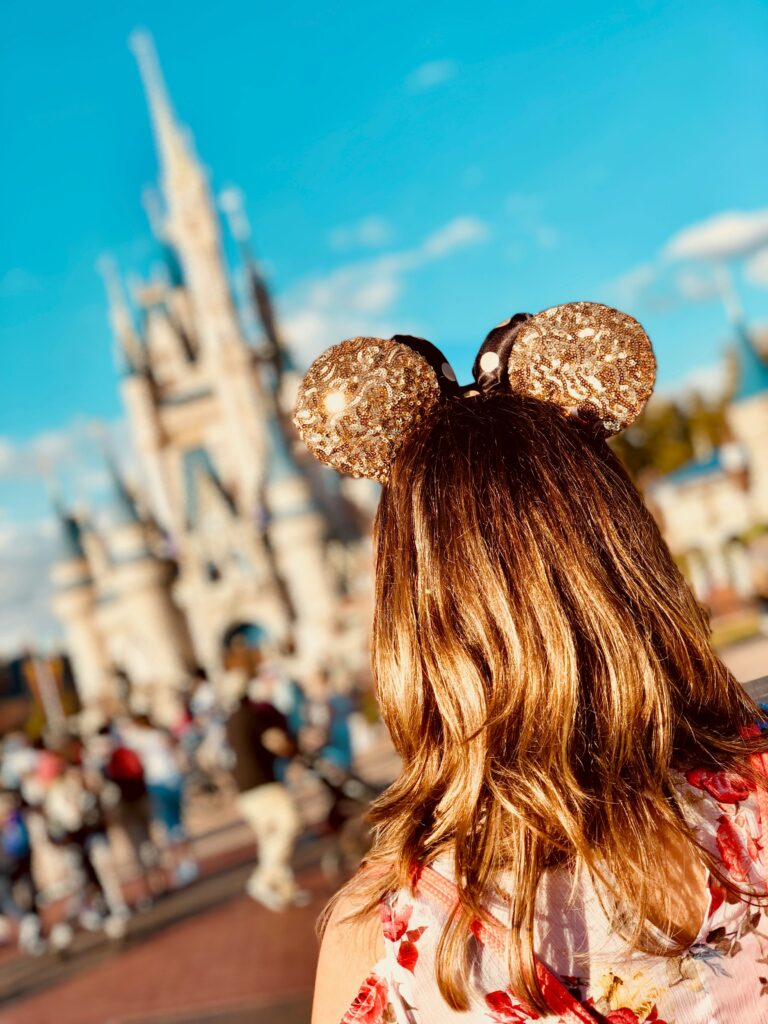
Florida Walt Disney World
Florida’s Walt Disney World was built on swampy land, requiring extensive drainage work and engineering solutions. It employs 77,000 people, making it one of the largest employers in the U.S. A fun fact is that no matter where you are in the park, a trash can will always 30 steps away from you.
Disneyland Paris and Its Challenges
Disneyland Paris originated from the company’s global strategy to expand into Europe. Initially considered a major risk, the French media even referred to it as “cultural imperialism.” The park’s attendance failed to meet expectations in its first year of operation in 1992, with only 5.5 million visitors instead of the forecasted 11 million. It took several years for the park to become profitable.
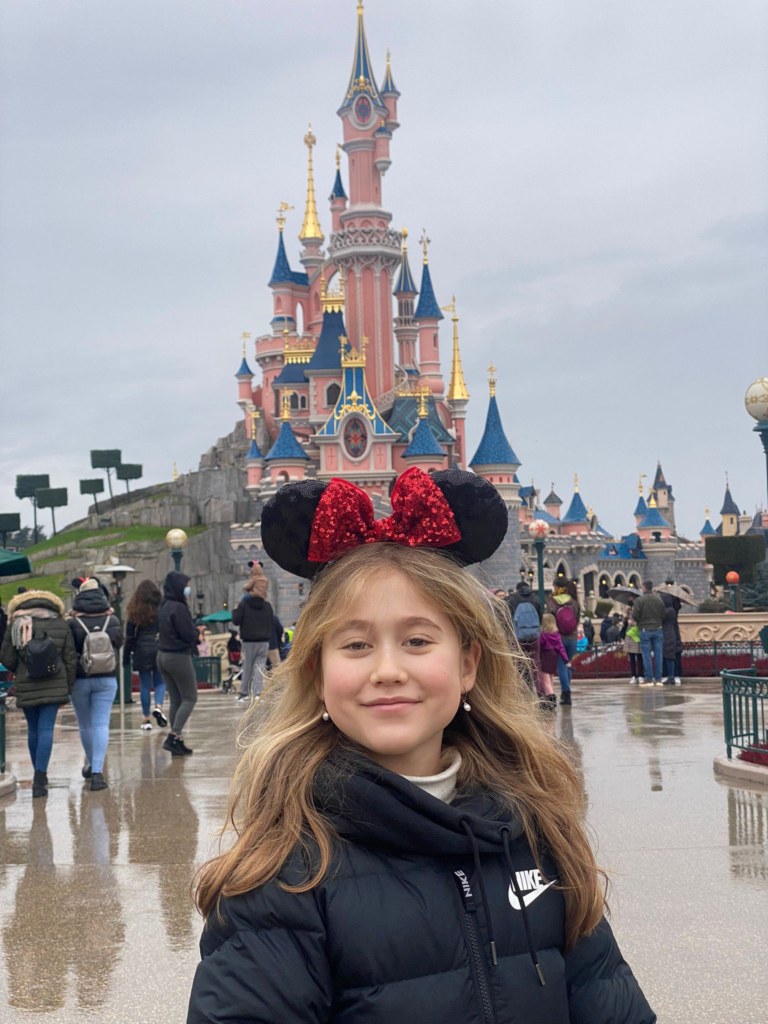

Mickey Mouse Ears – An Iconic Souvenir
The large round ears symbolize playfulness and joy, which are central themes of Mickey Mouse’s character. These ears have become one of Disney’s main visual elements. Over 80 million pairs of Mickey Mouse ears have been sold, making them the most popular souvenir in Disney parks worldwide.
The story of Mickey Mouse ears begins with Mickey Mouse, created by Walt Disney and Ub Iwerks, who debuted in 1928. The original design featured a large head and big round ears, creating a clear and recognizable silhouette essential for animation visibility in various situations.
The ears are always directed sideways, regardless of where the character is looking. This helps maintain their iconic appearance and makes Mickey instantly recognizable.
Roy Williams came up with the idea for the ears. Known to the public as the large Mouseketeer in The Mickey Mouse Club (1955), he had worked at Walt Disney for almost a quarter-century. As an artist, he started as an in-betweener (drawing movements between frames), later becoming an animator and then a story and gag man.
In the first months after Disneyland’s opening in 1955, approximately 50,000 pairs of Mickey Mouse ears were sold. Initially made of fur, these lightweight ears quickly became a favorite among visitors. However, due to opposition from animal rights activists, the fur was replaced with synthetic materials.
The design of Mickey Mouse ears has always emphasized iconicity. Their popularity grew even more with the introduction of themed designs, such as the sparkly “Rose Gold” ears launched in 2019, which sold over 100,000 pairs in the first month.
Additionally, since 2005, visitors have been able to have their names embroidered on the ears, making them personalized and memorable keepsakes. The ears’ popularity and continuous innovation are excellent examples of how Disney uses consumer psychology and emotional connection to promote its products.
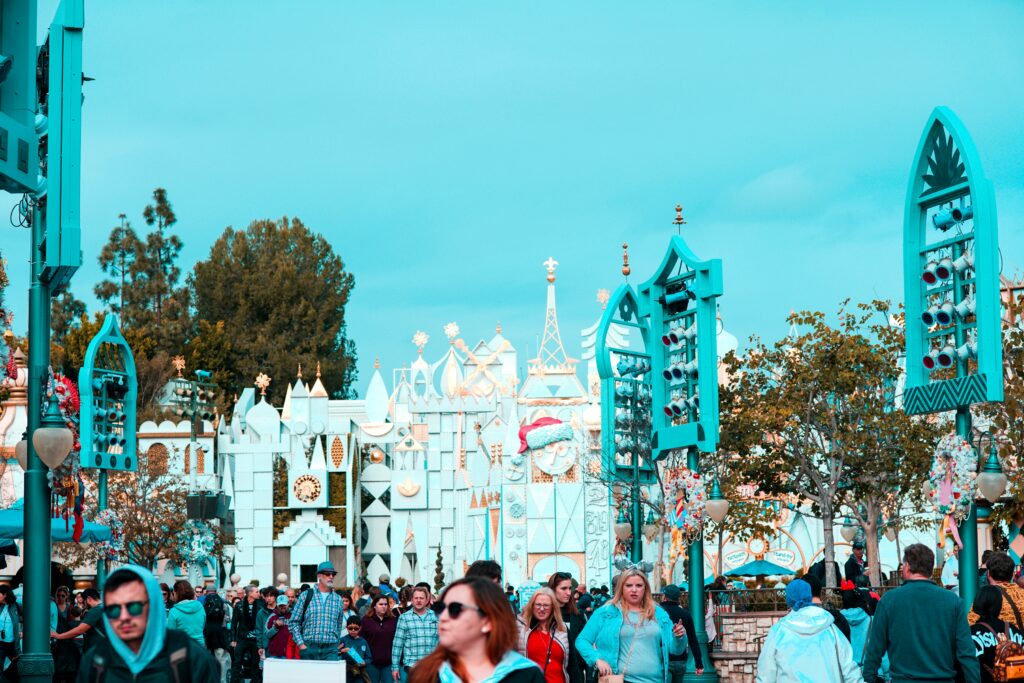

Disney Adult – Who or What Is It?
Wearing the ears doesn’t make you a “Disney Adult.” This term refers to adults who are obsessed with visiting Disneyland, or even getting married there. Some couples spend their honeymoons at Disneyland, enjoying the parks without children.
They are the ones who collect Disney-themed souvenirs to fill an entire house, dress up as Mickey or Minnie at every opportunity, and feel nostalgic about Disney themes. Yes, there are many such people, and searching for “Disney Adult” on TikTok will show you things that might raise your eyebrows.
Although Mickey and Minnie’s wedding has never been shown on screen, Walt Disney confirmed that they are married. Additionally, Disneyland sells white Minnie ears with a wedding veil and Mickey’s ears with a tuxedo.
“Hidden Mickey” – The Hidden Mouse
A Hidden Mickey is a depiction of Mickey Mouse intentionally hidden in various details of Disney parks and resorts – whether it’s the classic silhouette of three circles, Mickey’s profile, or full figure. These can be spotted in completely unexpected places, such as walls, gardens, or even dinner plates.
Searching for Hidden Mickeys is a fun and playful part of the Disney experience, and even appeals to those who aren’t fans of carousels or other attractions. Disneyland even sells a book on where to find Hidden Mickeys, so you can start hunting for them with friends – seeing who finds more and faster.
Disney Tickets
The evolution of the ticketing system from the early years is also fascinating. In short, from Disneyland’s opening until 1982, attractions required separate tickets in addition to the park entry ticket. These tickets were divided into categories from “A” to “E,” depending on the attraction’s popularity. In 1982, a single pass was introduced, allowing unlimited access to most attractions. Later, multi-day passes, annual passes, and fast access systems like FastPass, Genie+, and Lightning Lane were added.
In 2016, a demand-based pricing system was introduced, distinguishing low, regular, and high attendance days, with more pricing tiers added over the years.
In 2024, Disney began testing the “Lightning Lane Premier Pass,” which allows fast access for $400 per day. Essentially, it lets you ride whenever and wherever you want. Maybe it’s not such a bad idea, considering that standing in line takes away a big part of the fun.


